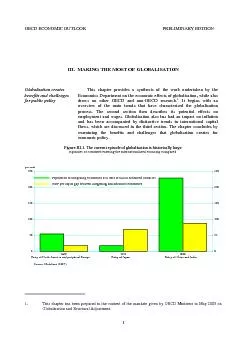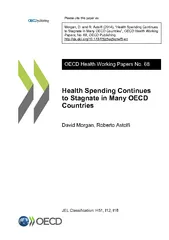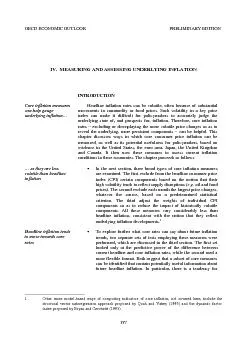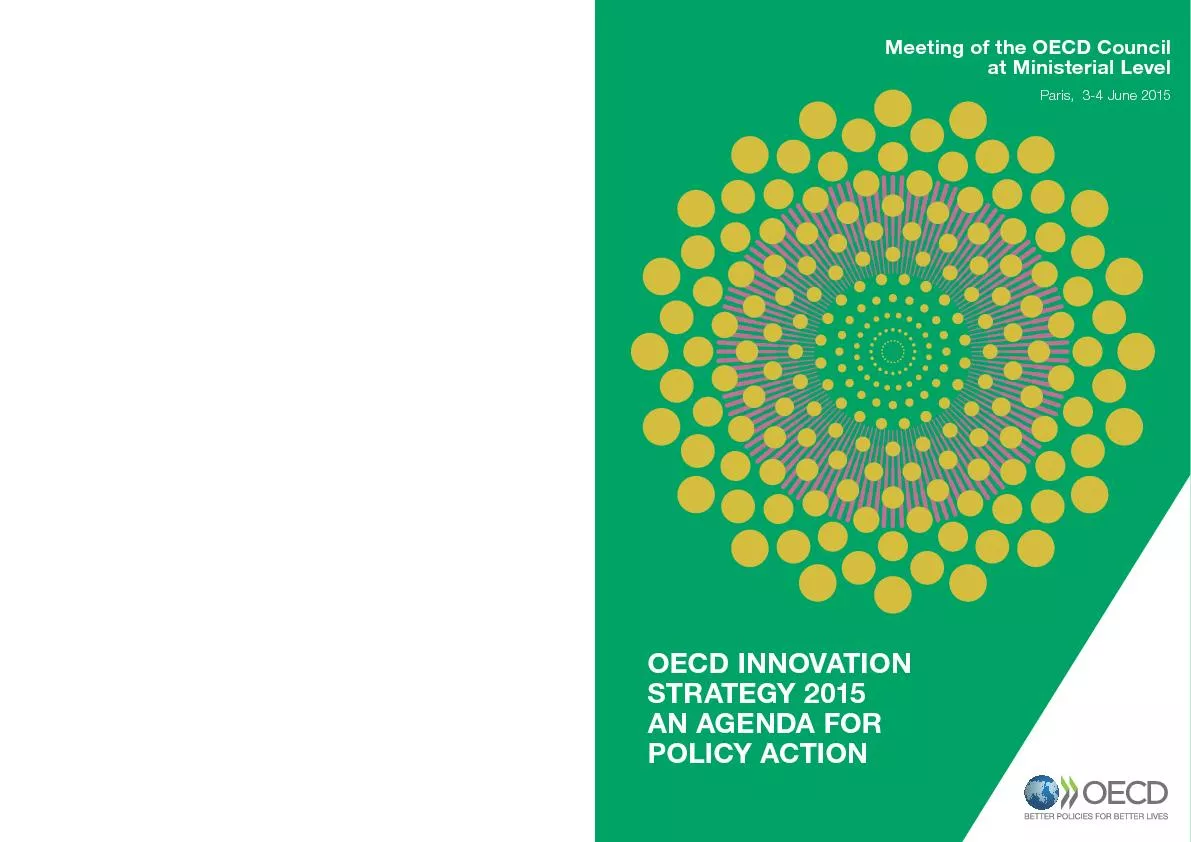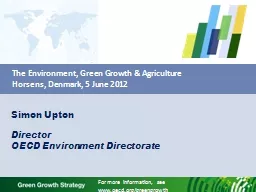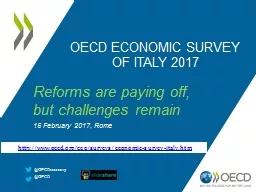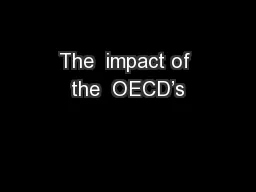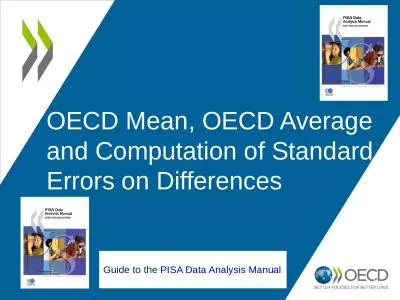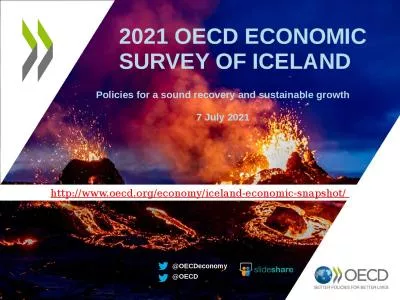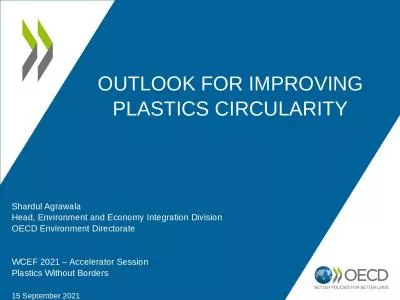PDF-OECD ECONOMIC OUTLOOK PRELIMINARY EDITION
Author : tatiana-dople | Published Date : 2016-12-26
III MAKING THE MOST OF GLOBALISATION for public policy This chapter provides a synthesis of the work undertaken by the Economics Department on the economic effects
Presentation Embed Code
Download Presentation
Download Presentation The PPT/PDF document "OECD ECONOMIC OUTLOOK PRELIMINARY EDITIO..." is the property of its rightful owner. Permission is granted to download and print the materials on this website for personal, non-commercial use only, and to display it on your personal computer provided you do not modify the materials and that you retain all copyright notices contained in the materials. By downloading content from our website, you accept the terms of this agreement.
OECD ECONOMIC OUTLOOK PRELIMINARY EDITION: Transcript
Download Rules Of Document
"OECD ECONOMIC OUTLOOK PRELIMINARY EDITION"The content belongs to its owner. You may download and print it for personal use, without modification, and keep all copyright notices. By downloading, you agree to these terms.
Related Documents

